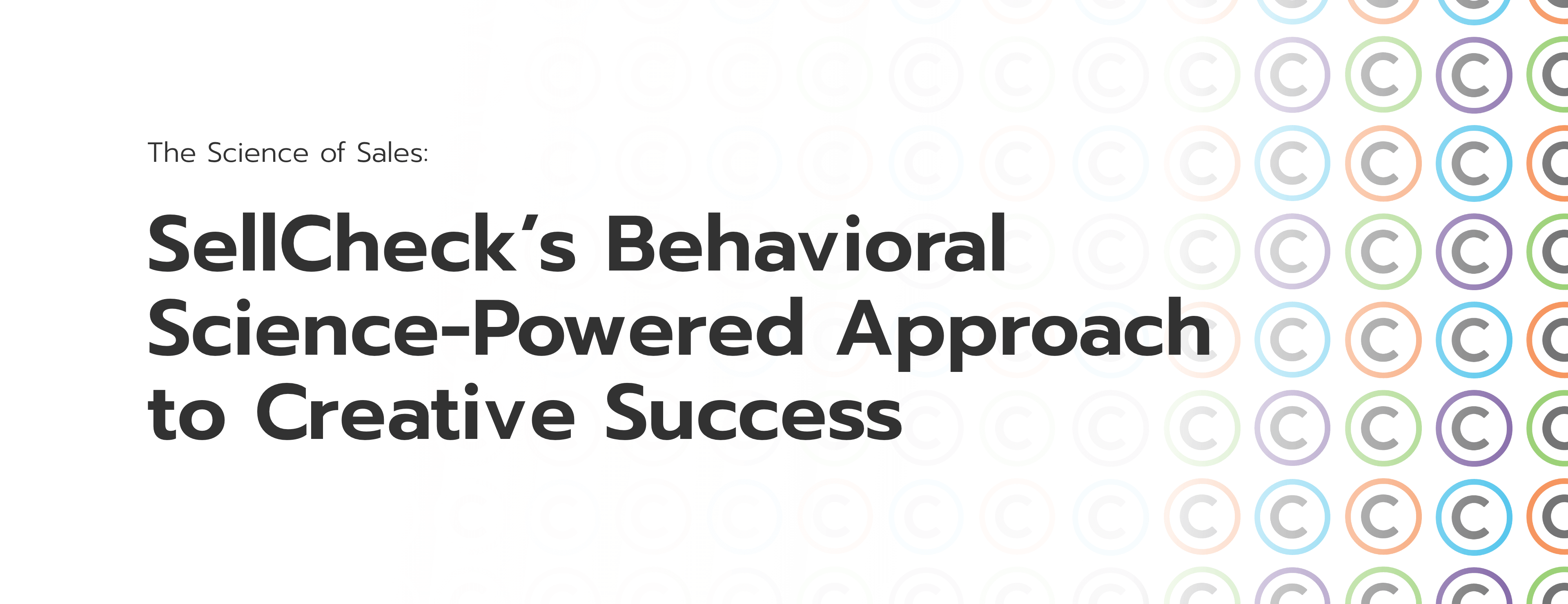
We often assume that our decisions are thoughtful, deliberate, and rational, right?
However, behavioral science research uncovers a different reality: our minds have two distinct modes of decision-making known as System 1 and System 2 thinking.
What does this behavioral science principle mean in the context of buying decisions? It means that we may be marketing to shoppers who rely heavily on instinctive, automatic decisions (System 1) rather than purely rational analysis (System 2).
SellCheck’s approach applies these behavioral science principles to transform your creative and influence shopper behavior.
System 1 vs. System 2 Thinking
Daniel Kahneman, the Nobel Prize-winning behavioral economist who introduced these concepts, highlights that System 1 thinking is our intuitive system of processing information, relying on fast, automatic, effortless, and emotional decision-making.
In contrast, System 2 thinking is a slower, conscious process that demands effort and involves more reasoned decision-making.
Kahneman and his team estimated that 95% of our daily decisions are driven by System 1 thinking, which, while quick and intuitive, is also susceptible to errors.
System 1 Example:
Consider this example of relying on System 1 thinking rather than engaging System 2.
Answer the following question:
A baseball bat and ball together cost $110. If the bat costs $100 more than the ball, how much does the ball cost?
Most people would respond with $10, arriving at a quick conclusion without fully thinking through the question. This tendency reflects our human operating system taking a shortcut.
However, this answer is incorrect. The ball actually costs $5, and the bat costs $105.

The Shopper Mindset
Systems of thinking can be applied to the shopper’s mindset and their buying behavior.
The big “aha!” here is that most marketing communication assumes the target audience is in System 2 mode- fully engaged, thoughtful, and deliberate. However, we are all operating predominantly in System 1 mode, including when we are making shopping decisions.
That said, how do we shape our marketing communication to capture our audience based on their mindset?
The 4Cs
Brands can optimize growth by leaning on the 4 Cs of marketing to command attention, connect with customers, convey information, and close sales. In doing so, they can transform how customers make buying decisions.
It all starts with the four basic criteria of effective marketing executions: the 4Cs. By asking yourself a few key questions based on these four criteria, you can assess and optimize marketing creative.
Let’s take a closer look at each of the criteria.

People are on autopilot (System 1 thinking). Your communication needs to catch their eye and invite them in.
- Does your marketing element attract attention by using distinctive color, shape size, sound, etc. to break through noise and reach the consumer?
- Does it attract immediate attention with a compelling offer or call to action?
- Does the creative inspire the viewer to engage?
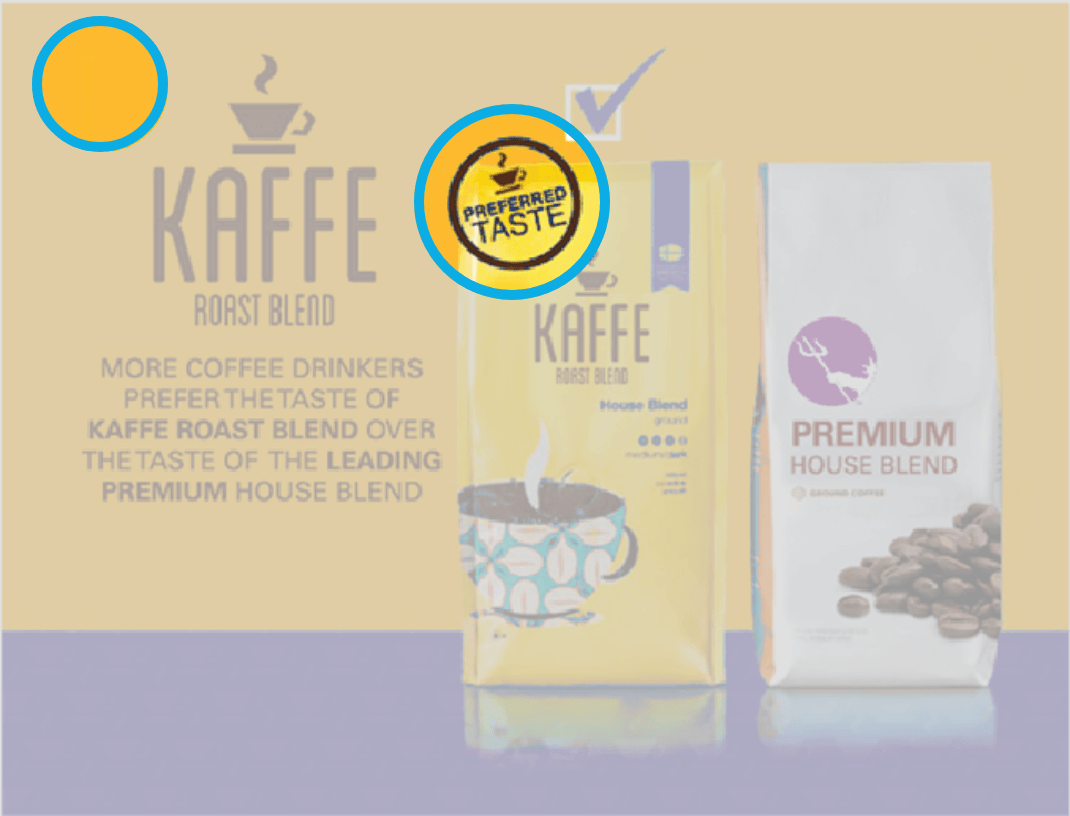

Once the message attracts their attention, people quickly decide if the offer is for them or not. Linking your message to an existing memory is the fastest, most effective way to connect.
- Is your brand immediately recognizable?
- Do the brand equities, co-equities, and offers resonate with your customers?
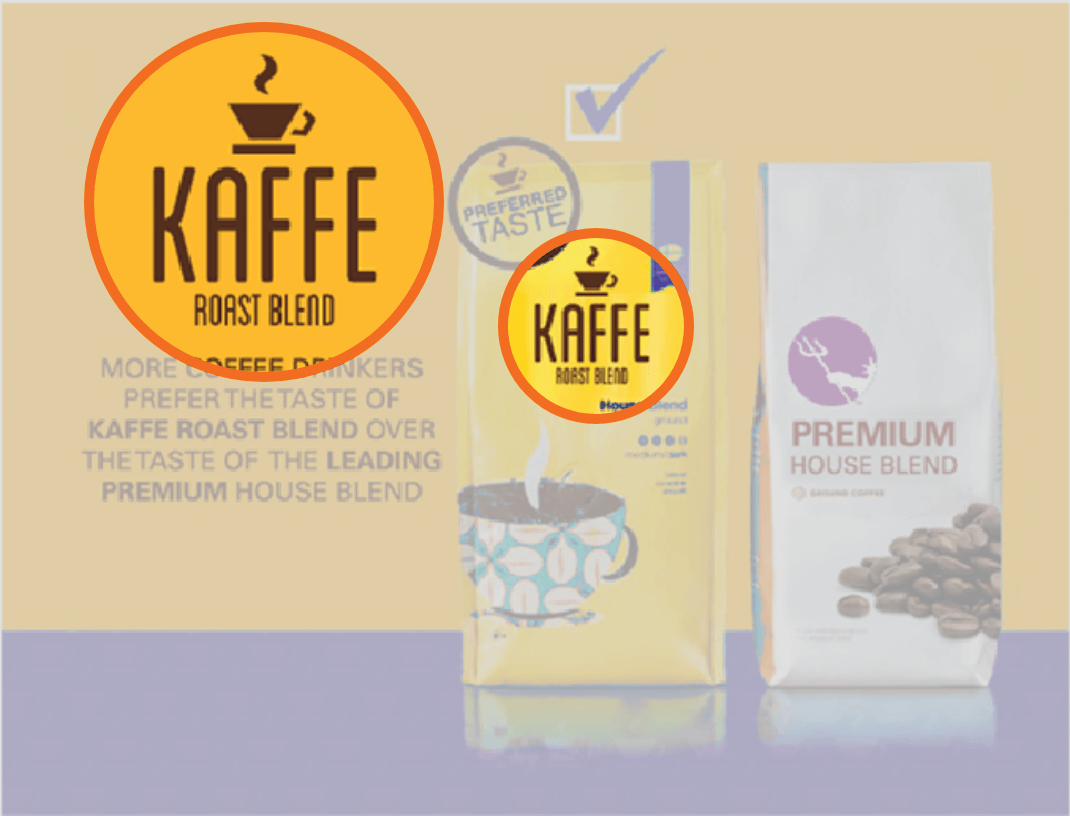

Your message should be clear, compelling, and rooted in insights. A clear and compelling story can be communicated visually, with text, or both.
- Is the message simple?
- Is the benefit clear?
- Does the viewer easily understand the promotional proposition?
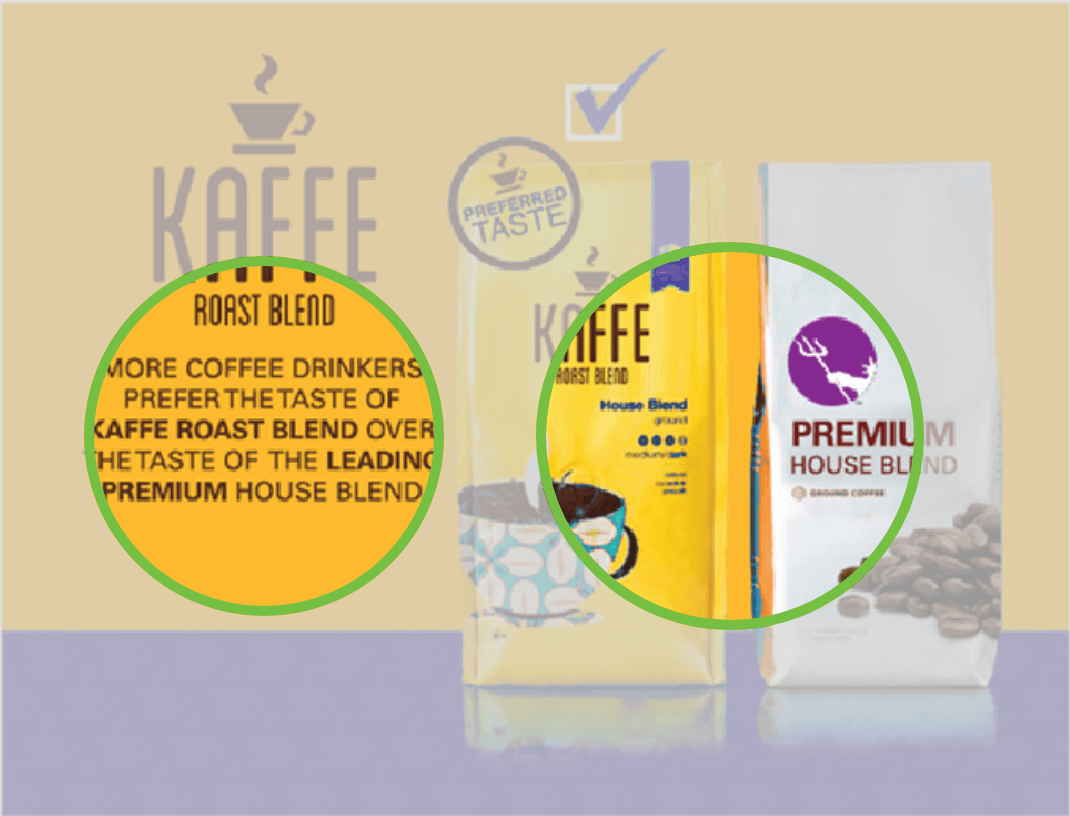

Eliminate any doubt of engagement and inspire the customer to click or engage.
- Have the first three of the 4Cs been well executed?
- Does communication overcome the target customer’s primary purchase barrier?
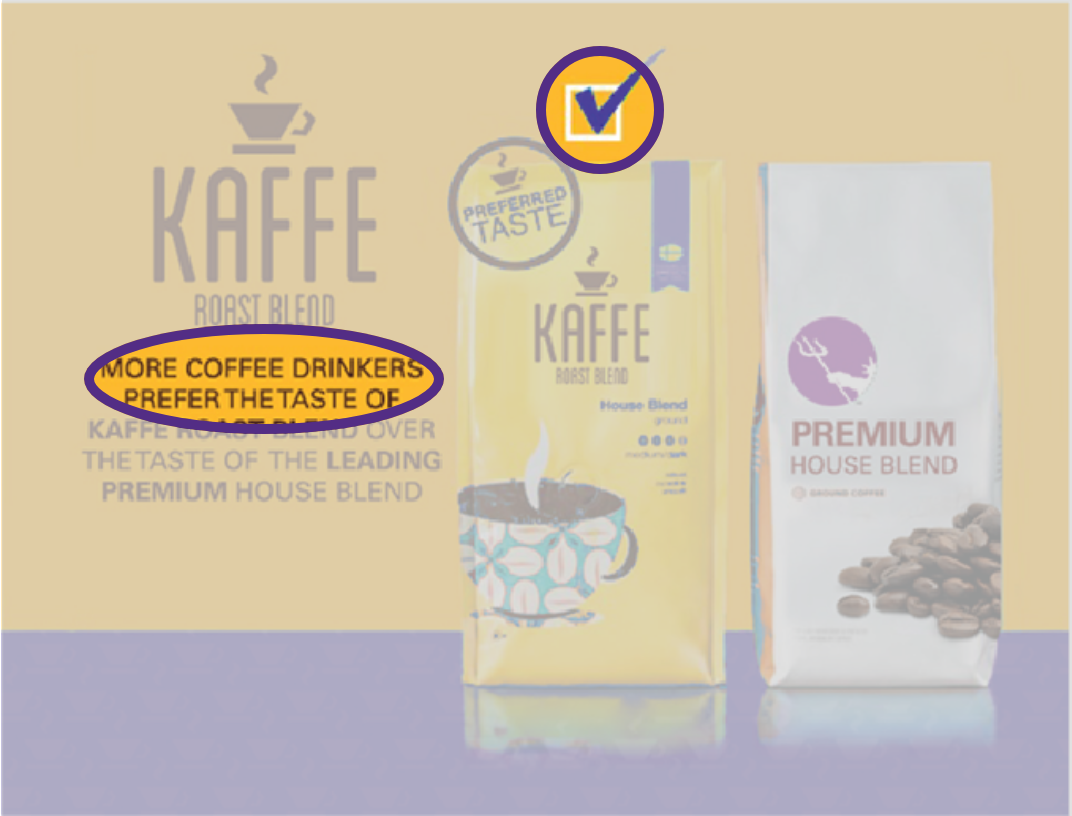
By keeping System 1 and System 2 thinking in mind, brands can use the 4Cs to optimize marketing communications and creative. This approach increases visibility, improves engagement and comprehension, and boosts productivity, ultimately allowing you to reach your business goals.